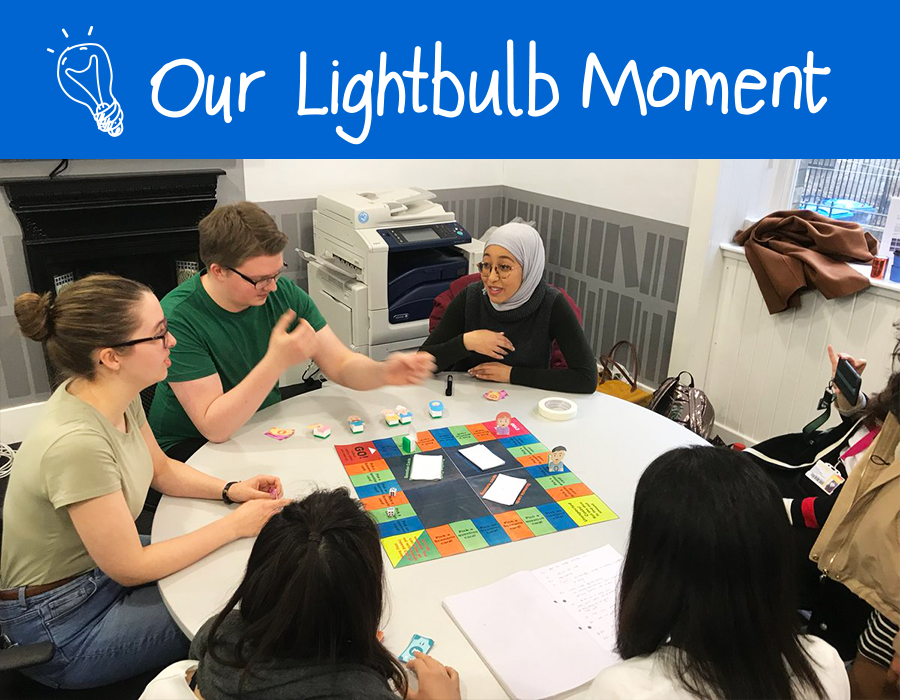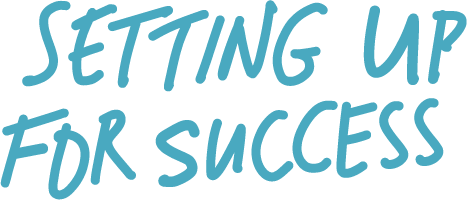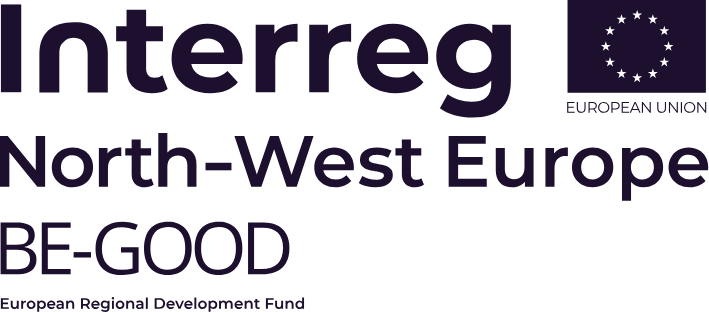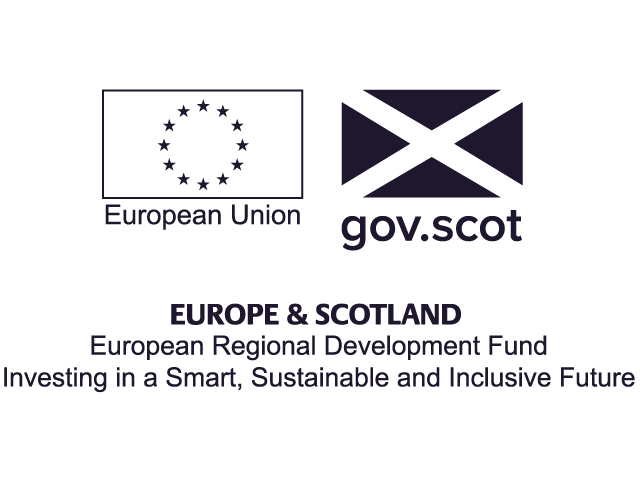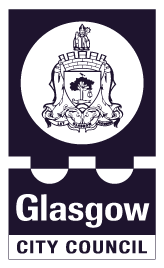.png)
Making it real
So…you have defined what the actual problems are and have creatively developed a new innovative concept that you believe will solve the problems identified….now is the time to bring these ideas to life and take them from paper to prototype.
We can’t stress how important it is to test out your ideas quickly to make sure that they actually work before committing too much money or resources.
Now that you have successfully tested your ideas you have reached the final but most critical stage phase of any project…it’s time to make it real.

What is the aim?
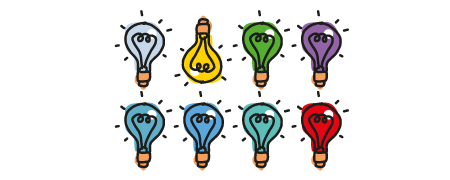
Move from a good idea to a working solution
Why are you doing it?

To create a new product or service that solves a problem
Who do you need?

Development Team
What is our process?

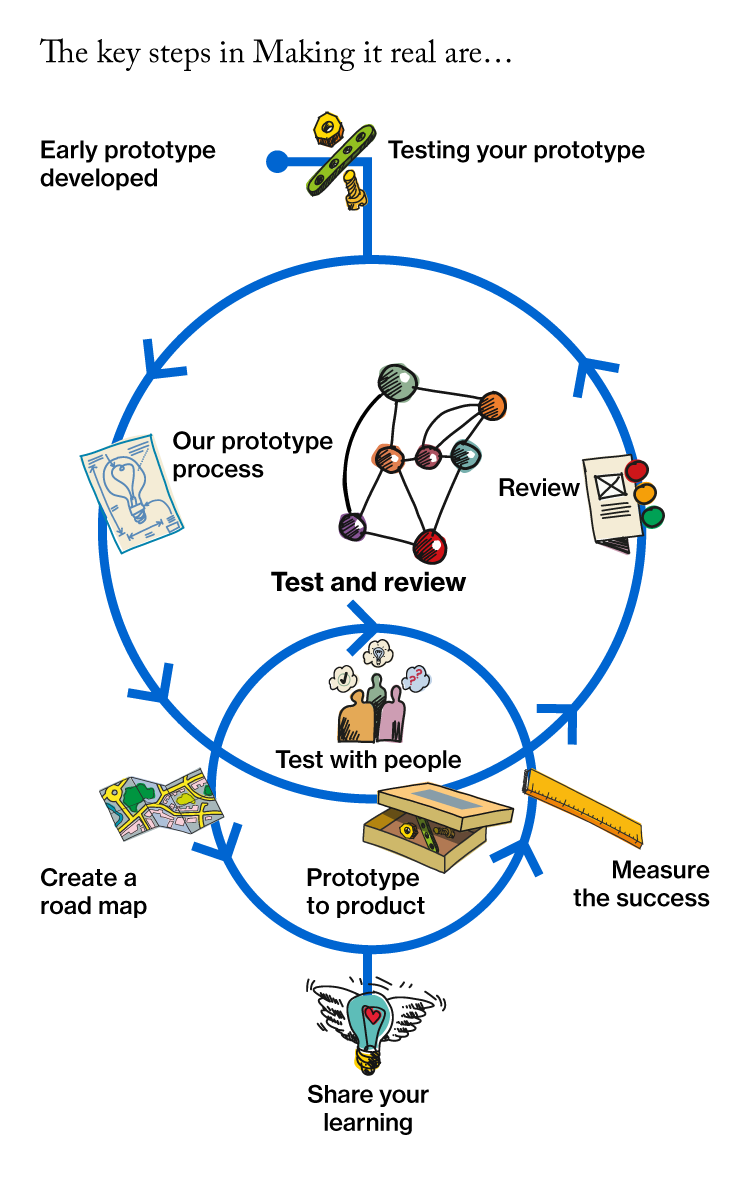
How did we do it?
Test and review

Why Test?
The point in prototyping is to test:
- How the product or service works
- How other people use it
- How it looks and feels
When prototyping it is key to remember that it should be done ugly, early and often!

What can be prototyped?
There are a number of areas where prototyping is really effective and can add real value including:
- Citizen Experiences
- Software
- Physical products
- Processes
- Spaces

Our prototype process
The main stages of our process are:
- Understand what you want to learn from your prototype
- Develop your testing plan
- Create the prototype
- Run your prototype
- Iterate
Our Prototype Process Guide provides more detail (see Resources).
Prototype to product

You need to be able to clearly articulate the concept that has been prototyped to demonstrate its viability. To help with this you should create a pitch that can be used to communicate what it is that you have developed.
Make sure that you have the right people and skills available - the team that got you to this stage might not have the skillset required to take the concept forward to implementation.

Create a roadmap defining your to do list making it clear what you will actually do. Create this with your team - they will have the knowledge of what is required. Think about the key steps that needs to happen and map these against a timeline.
Start to break down, thinking about what needs to happen in the next month or year, and so on.

Work out how you are going to measure the success. Understand the reasons why you are measuring success (for example, demonstrating impact, funding requirements, and so on).
Reach out with your team to understand if the service area has Key Performance Indicators in place that could be used… also they will be the experts so use their knowledge.
Start measuring… but remember you can always tweak your measurements once live.
Share your learning

The prototypes themselves that you create aren’t valuable — at all — but your learnings are.
At the end of each project you should undertake a ‘lessons learned’ with all those involved in the project.
It is important that each lesson, no matter how big or small, is recorded and stored somewhere that can be accessed easily by other member of your organisation.
You may find that not everyone is open and as honest as you would like (is their boss in the room, do they think they will offend you?)

There are simple ways to get around this. Perhaps you could ask for feedback anonymously, survey online and so on. Providing key themes and headings can help people provide valuable feedback.
Although these may not get used again by this project, the lessons learned as part of your project may be invaluable to someone else’s project.
Be honest when communicating to stakeholders as it will help buy in for future projects.
Storytelling is key to feeding back.
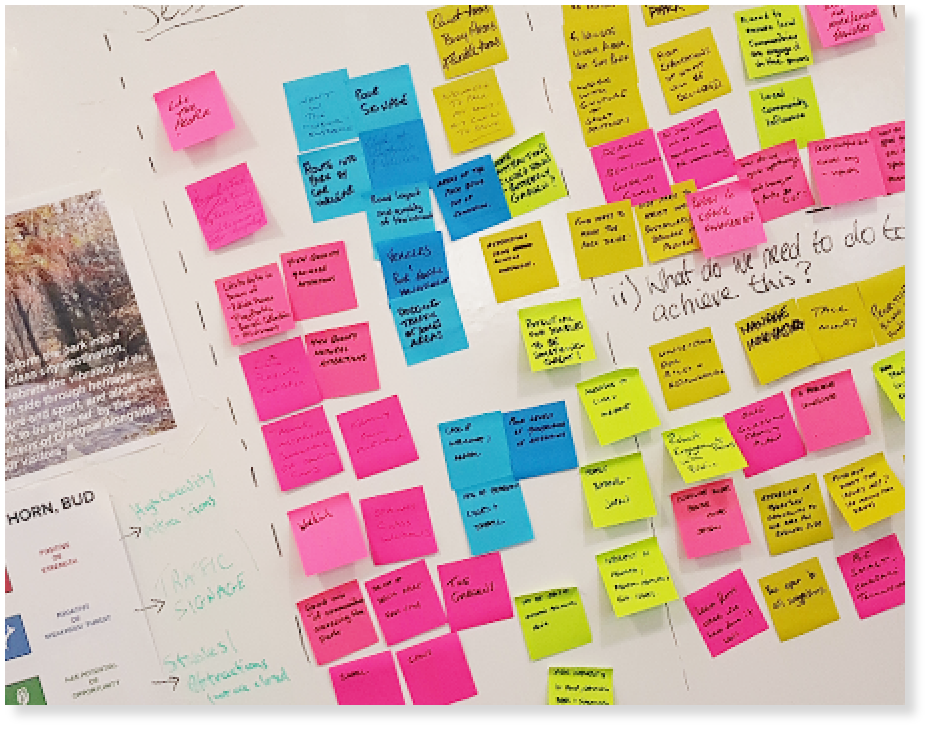
Focus on...prototyping
Case study ihere
At vero eos et accusam et justo duo dolores et ea rebum. Stet clita kasd gubergren, no sea takimata sanctus est Lorem ipsum dolor sit amet. Lorem ipsum dolor sit amet, consetetur sadipscing elitr, sed diam nonumy.
Stet clita kasd gubergren, no sea takimata sanctus est Lorem ipsum dolor sit amet. Lorem ipsum dolor sit amet, consetetur sadipscing elitr, sed diam nonumy eirmod tempor invidunt ut labore et dolore magna aliquyam erat, sed diam voluptua. At vero eos et accusam et justo duo.
Bring your ideas to life…
Working on a new product or service in a collaborative manner can mean not everyone in the room understands every element of the process. Storytelling and creative methods of communication can be key in ensuring everyone is on the same page.
At the prototype phase there are some really simple ways to step through your ideas. Early prototypes can take the form of storyboards, sketches, Post It notes and even simple models using Lego, toys and paper.
The key is in ensuring everyone gets the concept. Their specialist expertise can then come to the fore and really help and influence development.
Working across a range of projects in the public sector we have found that simplifying and visualising as early as possible actually creates a more inclusive environment and brings far smarter and more precise ideas forward much earlier in the process.
